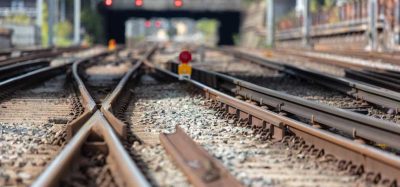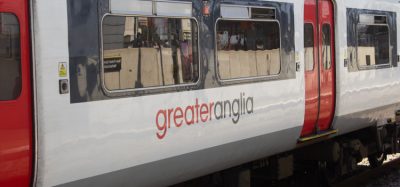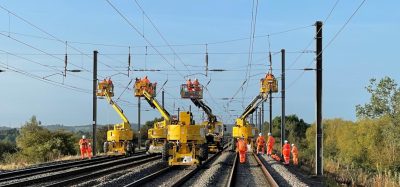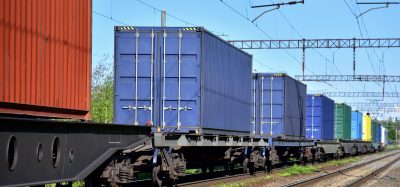ARA sets out Rail Priorities for 2019 Federal Election
Posted: 30 April 2019 | Global Railway Review | No comments yet
The Australasian Railway Association (ARA) has released its priorities policy development paper ahead of the 2019 federal election.
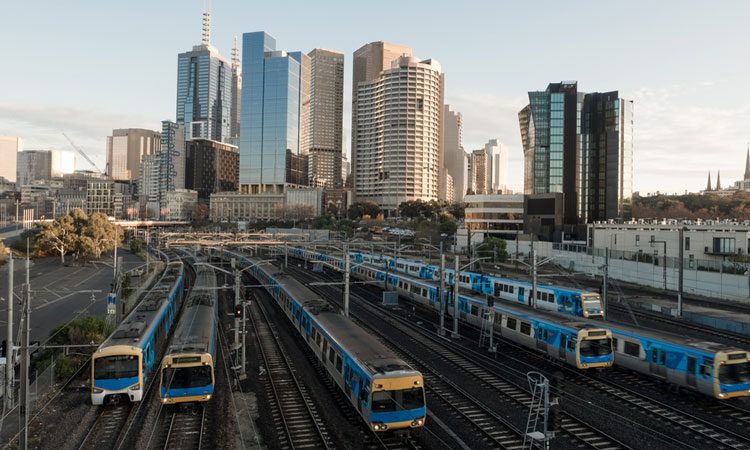

Entitled “Rail-Creating Vibrant Cities, Thriving Regions and a Connected Nation,” the paper sets out key transport infrastructure challenges facing the Australian government and offers practical, affordable and achievable policy solutions where rail can play a key role.
ARA CEO, Danny Broad, said: “As our cities continue to grow and our freight task increases the pressure on our existing infrastructure network also increases. Avoiding and reducing congestion is one of the biggest benefits that can be achieved by moving passengers and freight onto properly planned and funded rail solutions, integrated with other transport modes.”
The ARA’s five priorities are:
Making cities liveable
The Australian government must continue to increase funding of urban passenger and freight rail projects which are essential to reduce road congestion, improve quality of life and increase productivity. Broad commented: “With increasing support from both main political parties for passenger and freight rail projects, we look forward to this continuing and urge against stop start approaches to rail infrastructure funding.”
Connecting our regions
The Australian government must plan and resource inter-regional fast rail projects and east coast high speed rail through a national planning agency. Broad continued: “Pleasingly, both major political parties now support the establishment of a national planning agency to underpin their respective visions for inter-city rail connectivity, examine funding options and acquire the sought-after corridors.”
Supporting employment
Skilled labour shortages threaten the delivery and cost effectiveness of new and existing rail infrastructure projects. The Australian government needs to lead the response to critical rail skills shortages by formalising a high level taskforce to lead reforms, build partnerships and implement expert recommendations to deliver fit-for-purpose education and training. Broad mentioned: “If we are to reap the benefits of rail, industry and government need to make the necessary reforms together and increase investment in fit-for-purpose education and training.”
Strengthening our economy
We need safer, more sustainable and efficient ways to move freight by rail. The Australian government needs to implement the national freight and supply chain strategy and incentivise jurisdictions to support its delivery. The ARA urges continued funding and political support of the Inland Rail project to ensure its timely delivery. “The government also needs to level the playing field between road and rail. We need independent price regulation of heavy vehicles and mode neutral policies. Freight rail operators, charged at full market rates to access infrastructure have endeavoured to compete with heavy vehicles that access publicly subsidised roads.”
National coordination to support industry
Rail contributes $26 billion to the national economy, while employing thousands of Australians in many small to medium size enterprises. However, its efforts are dissipated by fragmented approaches to investment, procurement, construction and regulation across eight different jurisdictions. Broad commented: “Strong industries don’t develop by chance. The Australian government must lead the development of a national rail industry plan to achieve a coherent national approach to rail, covering procurement, local content, manufacturing, innovation and research, and harmonisation of standards.”
Broad concluded: “We look forward to working with government to realise the full national benefits of these rail policies.”
Related topics
Funding & Finance, Infrastructure Developments, Operational Performance




